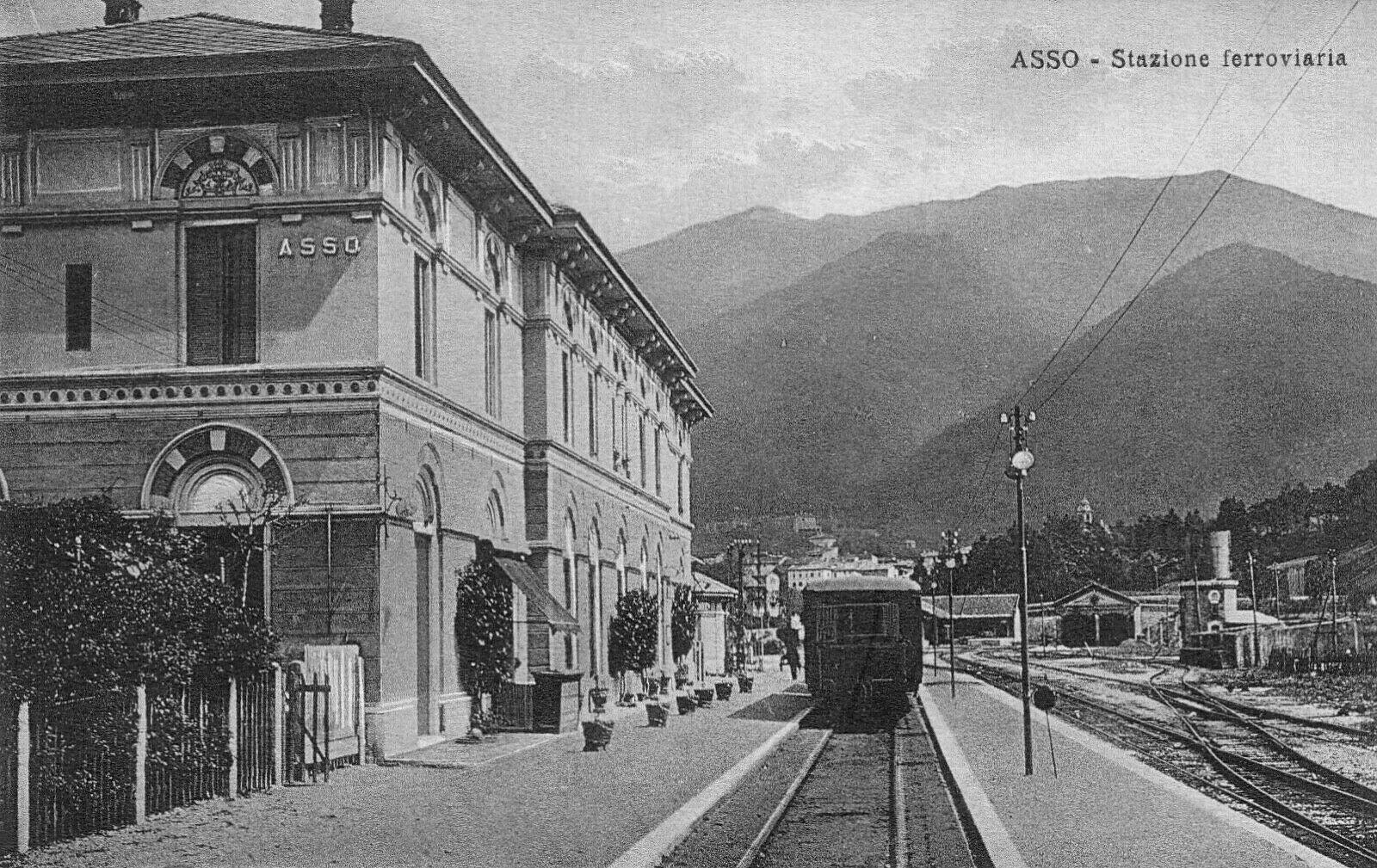
Asso
The village of Asso, administrative seat of the Valle Assina or Vallassina to which it lends its name, is located at the confluence of the valleys of the upper Lambro, in a strategic position at the centre of a basin which connects to the north with Civenna and Bellagio and to the south with the far edge of the Larian Triangle. At the end of the 1800s, its scenic beauty, which made it a favoured tourist destination for the Milanese, combined with its importance in the valley as a manufacturing hub (consider the Ottolini textile mill, still active today), increasingly emphasised the importance of a direct link with Asso.
The train reached Erba as early as 1879, but the final section had never been constructed, leading to the local saying: "Quant la légura la fa 'l tass / la végn la feruvìa a Ass" ("when the hare plays the badger, the railway will come to Asso").
On15 June 1922 the long-awaited Erba-Asso section opened, along with its terminus station. Its location, within the municipality of Canzo but on the edge of its border with Asso, was the subject of many disputes between the inhabitants of the two towns, already renowned for their legendary quarrels: hence the name Canzo-Asso.
Listen to the audio
Main dates
-
1922 - The station square
The station square nearing completion in the spring of 1922. The water tower is already visible on the left.
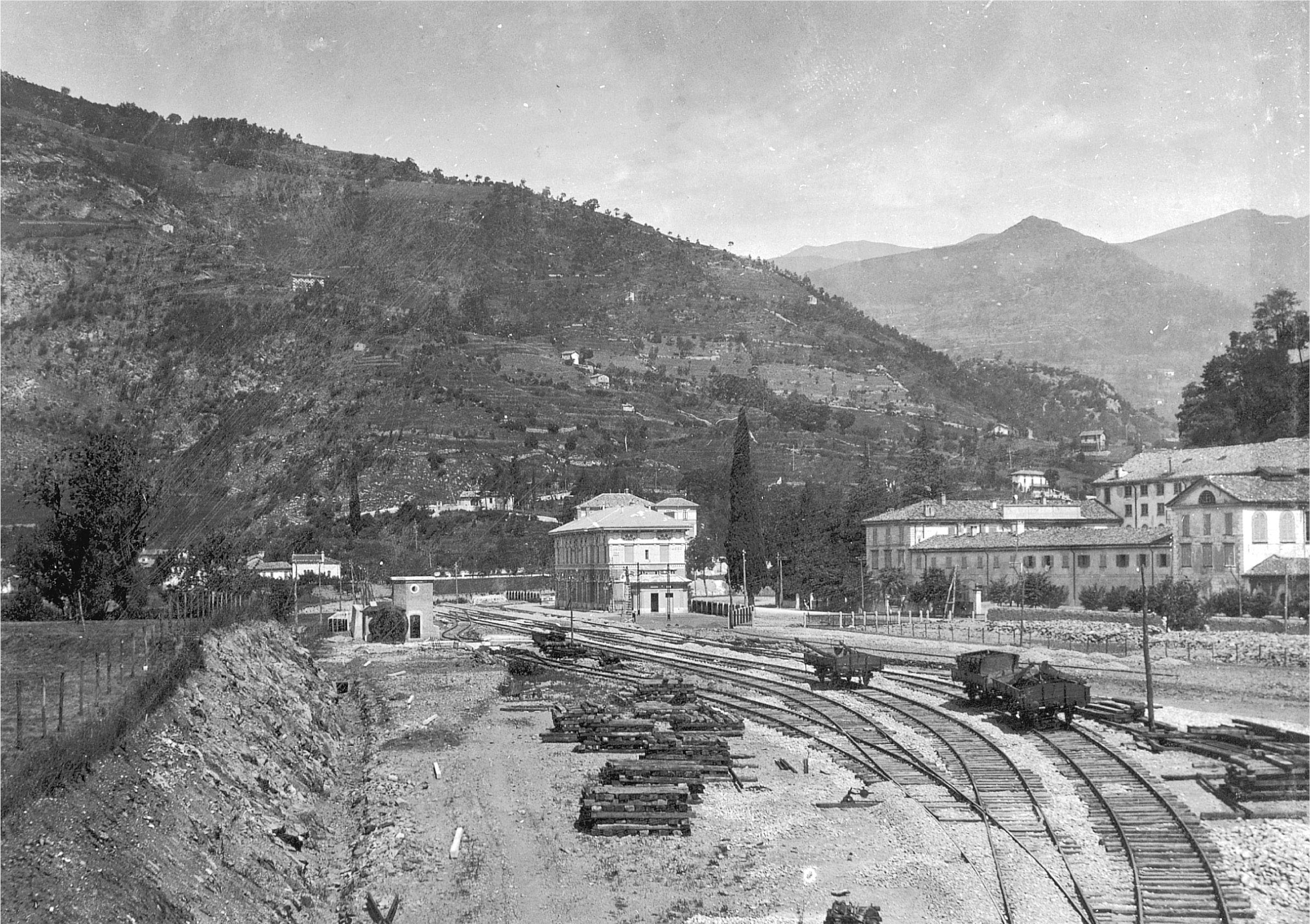
-
1922 - Opening of the station
16 June 1922: opening ceremony for the new station at Asso
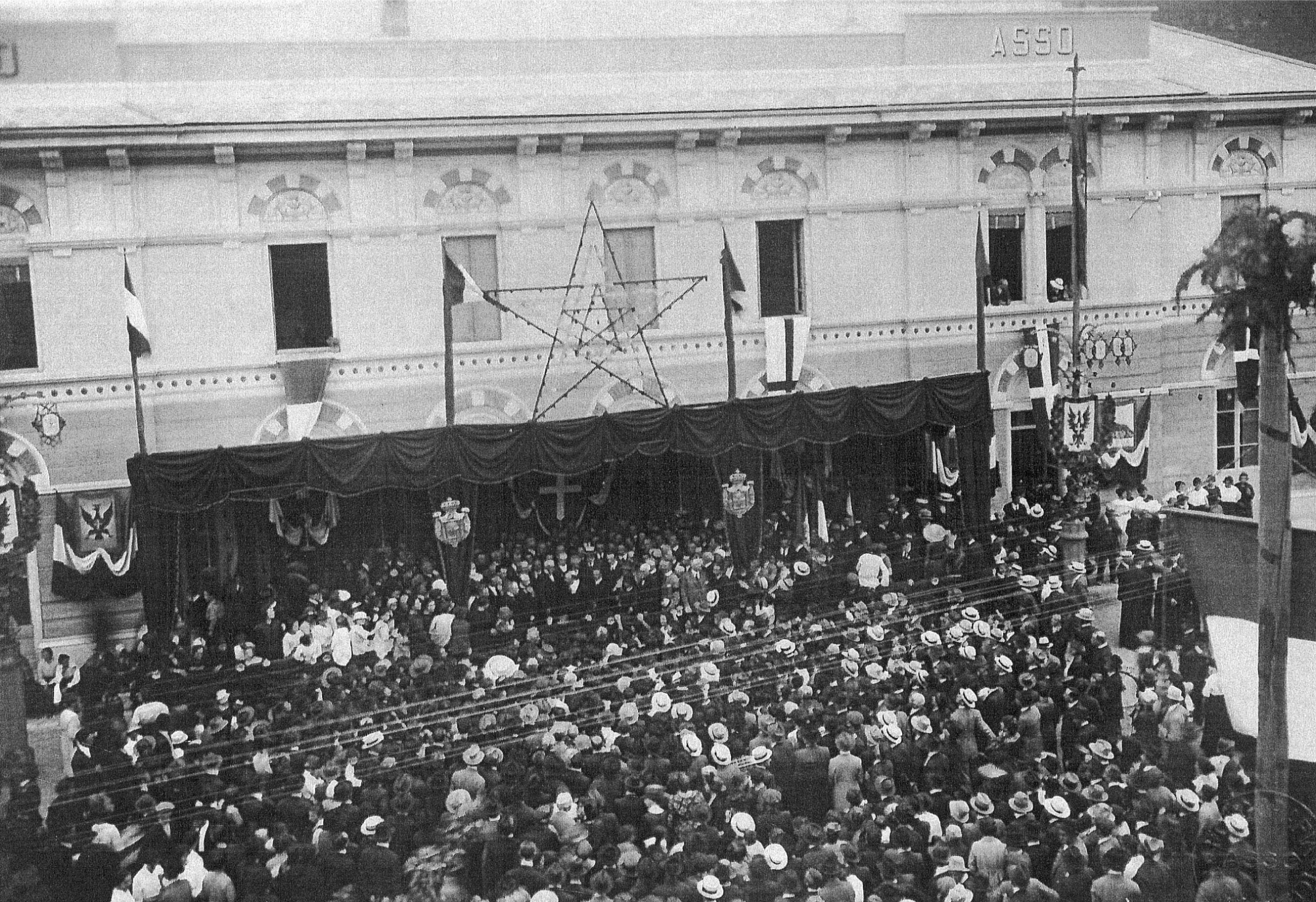
-
1923 - Café-restaurant
The café-restaurant, located beside the station
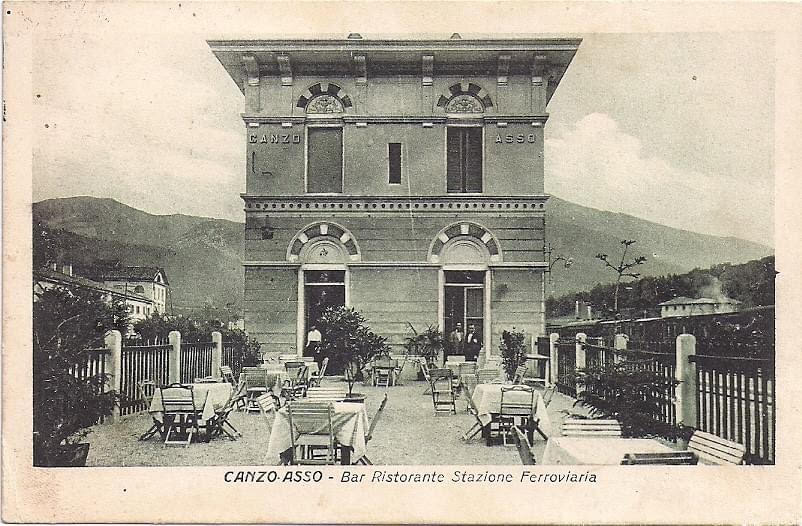
-
1935 - The station and restaurant
Asso station and “Gino” restaurant, on a postcard from the mid 1930s
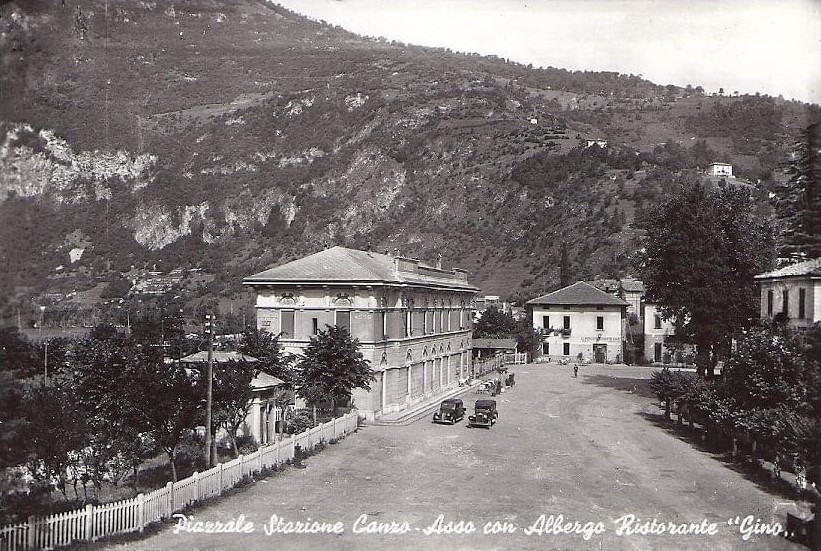
-
1939 - The station
A period postcard of Asso station, just a few years after it opened
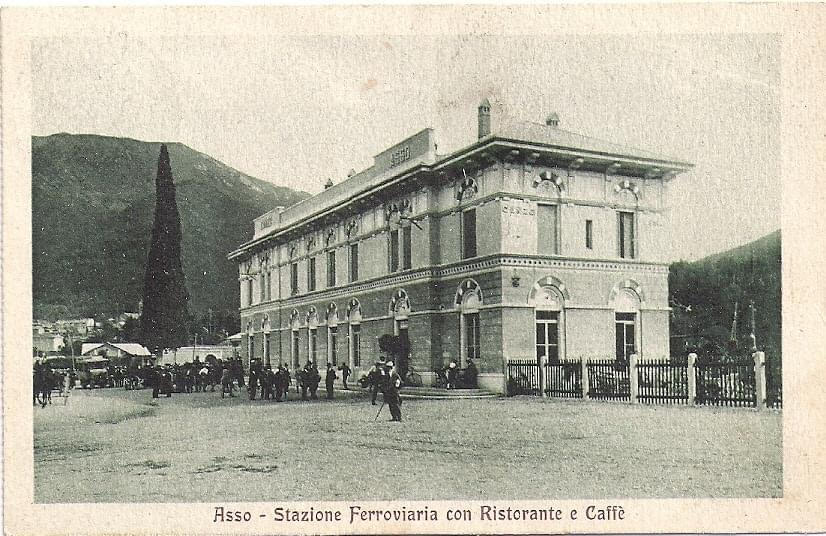
-
1985 - Aerial view of the station
The station at Asso seen from above, with the new train compositions of 750 electric railcars with double-decker carriages
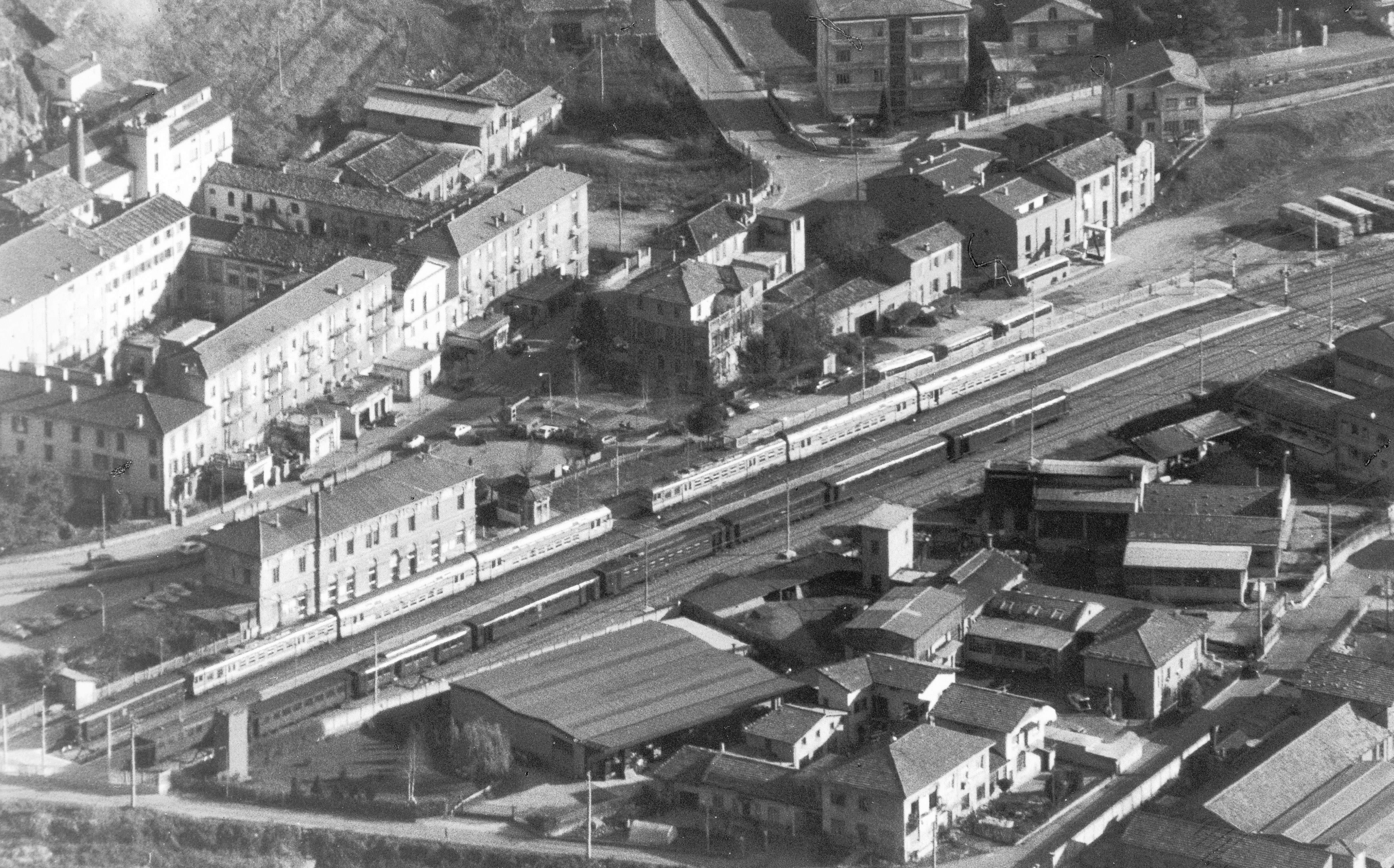
Gallery
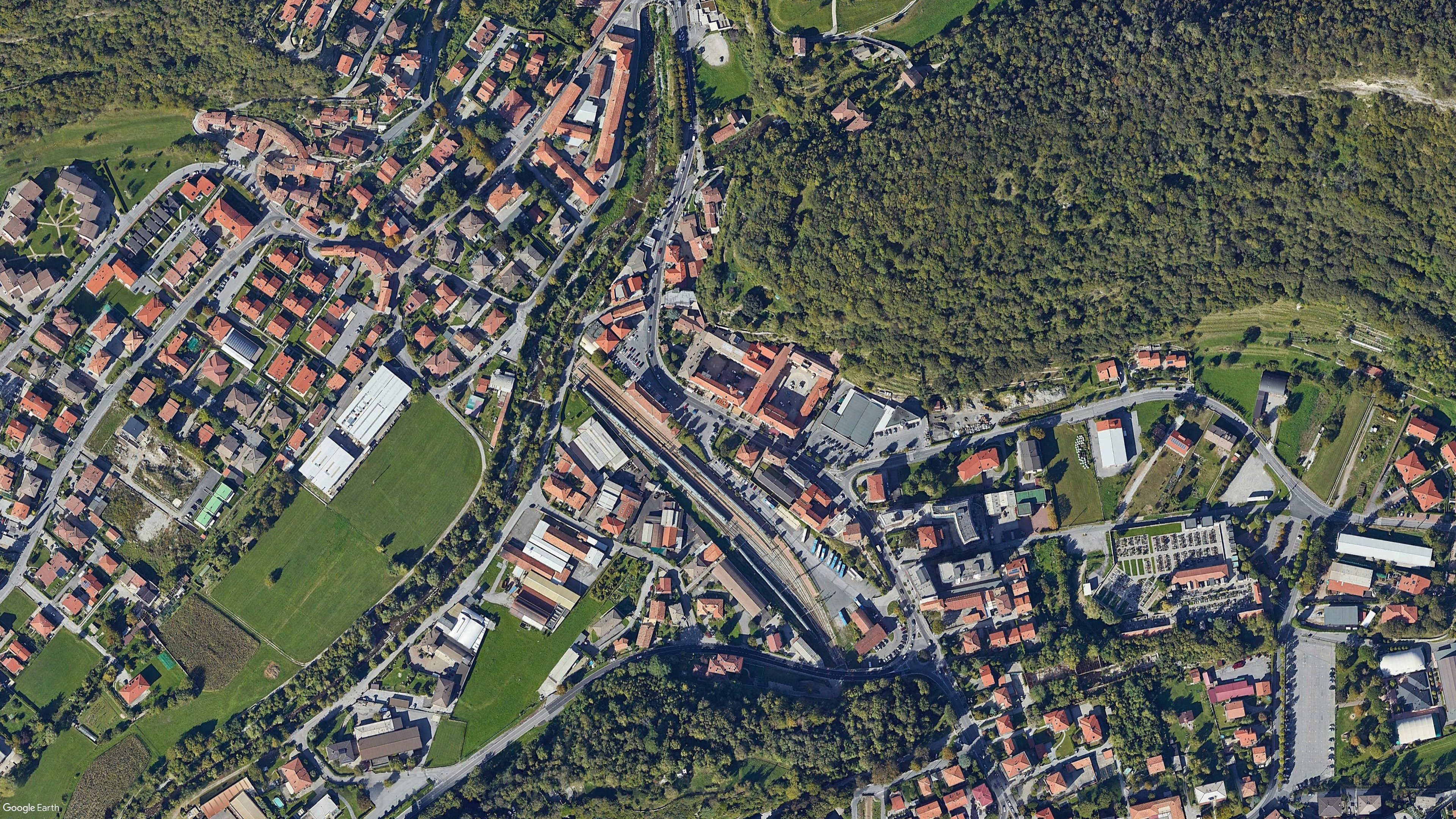
Aerial view of the area 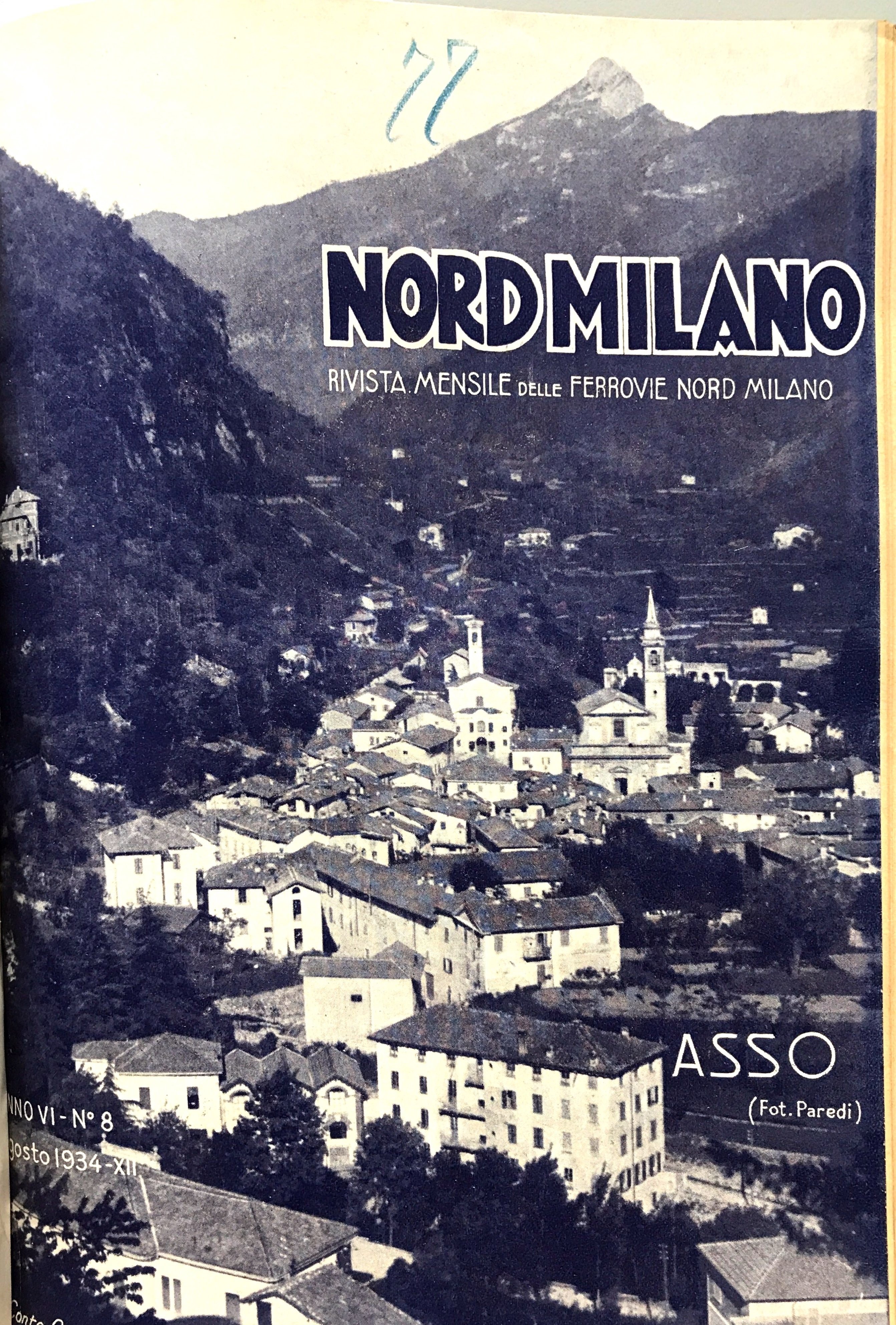
Another cover dedicated to the village of Asso, from August 1934 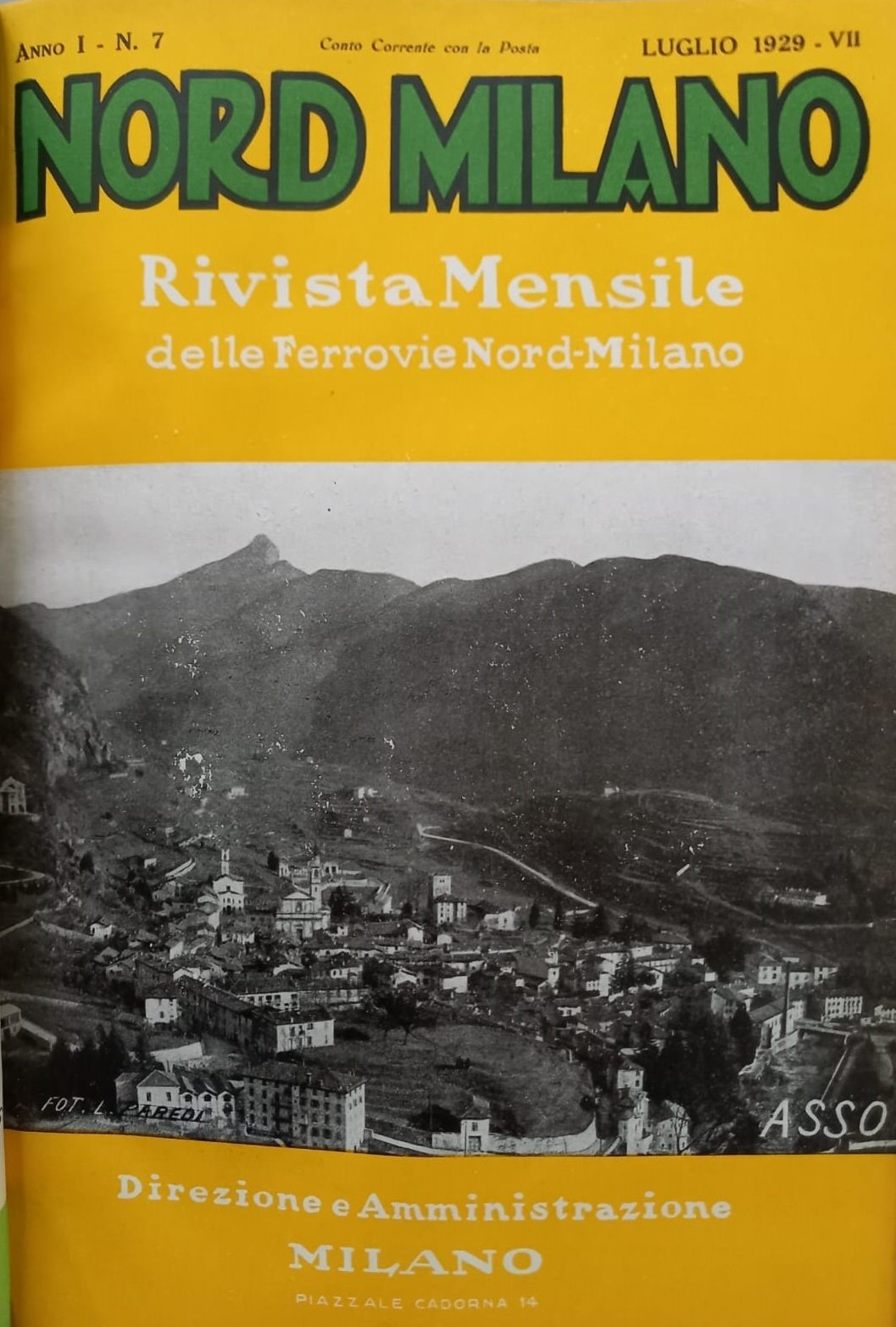
The cover of the seventh issue of Nord Milano magazine (July 1929) featuring Asso 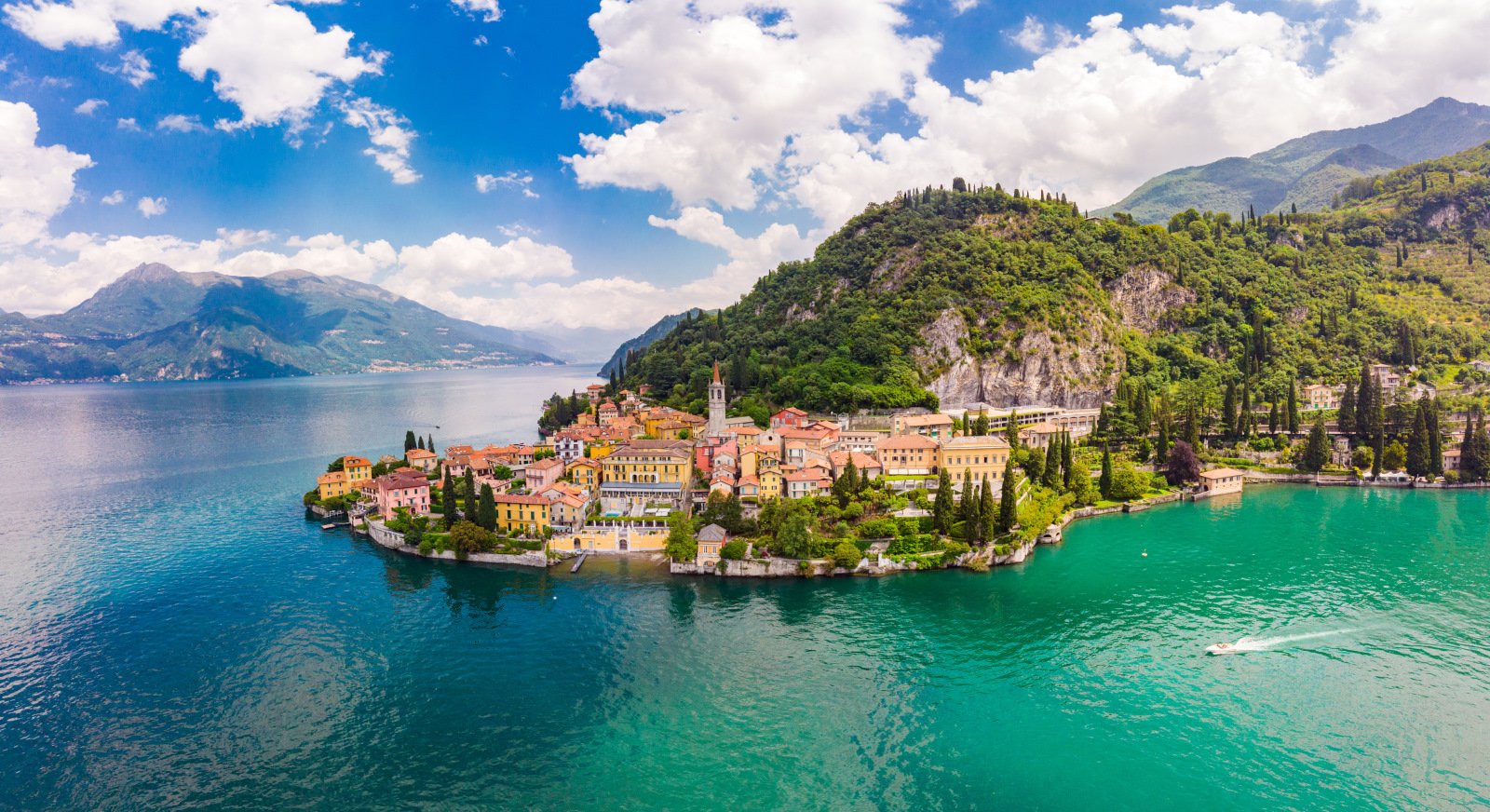
A trip to... Bellagio: the lake town of Bellagio can be reached from Asso station with a 45-minute journey by bus, departing from the station square 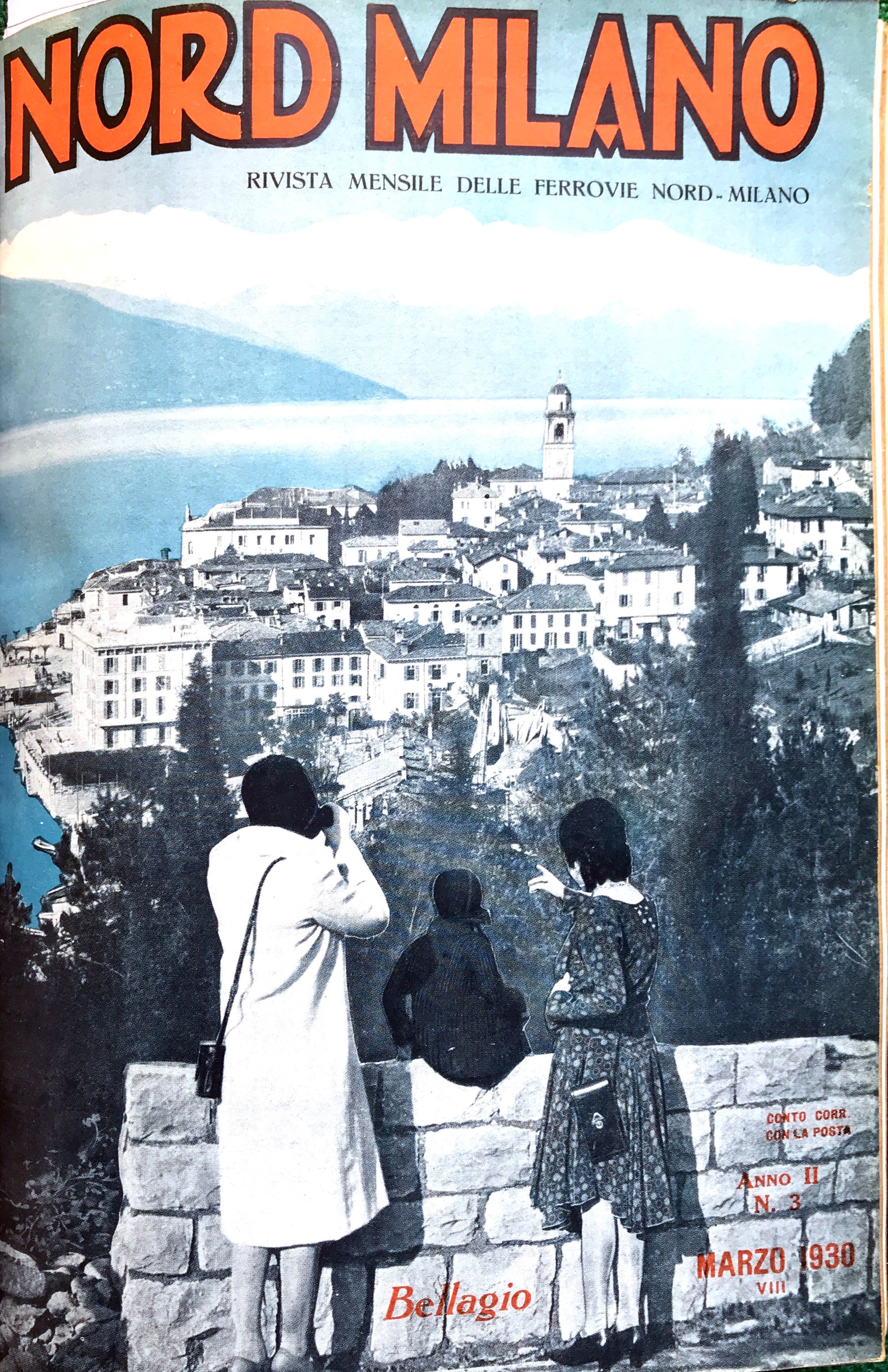
The March 1930 cover of Nord Milano invites the traveller to take a trip to Bellagio